- 全部删除
 您的购物车当前为空
您的购物车当前为空
NKp80/KLRF1 Protein, Cynomolgus, Recombinant (hFc)
NKp80, also known as KLRF1, is an activating homodimeric C-type lectin-like receptor that is expressed on nearly all-natural killer cells and stimulates their cytotoxicity and cytokine release. NKp80 stimulates cytotoxicity upon engagement of its genetically linked ligand: myeloid-specific CTLR activation-induced C-type lectin (AICL). NKp80, but not NKp80 mutated at tyrosine 7 (NKp80/Y7F), is tyrosine phosphorylated. Accordingly, NKp80/Y7F, but not NKp80/Y3F or NKp80/Y37F, failed to induce cytotoxicity. NKp80 phosphopeptides comprising the Hemi-ITAM-like sequence surrounding tyrosine 7 bound Lck- and Syk-family kinases; accordingly, cross-linking of NKp8, but not NKp80/Y7F, induced Syk phosphorylation. Moreover, inhibition of Syk kinase, but not ZAP-7 kinase, impaired cytotoxic responses through NKp80. Atypical residues in the Hemi-ITAM-like motif of NKp80 cause an altered stoichiometry of phosphorylation but did not substantially affect NK cytotoxicity. Altogether, these results show that NKp80 uses an atypical Hemi-ITAM and Syk kinase to trigger cellular cytotoxicity.
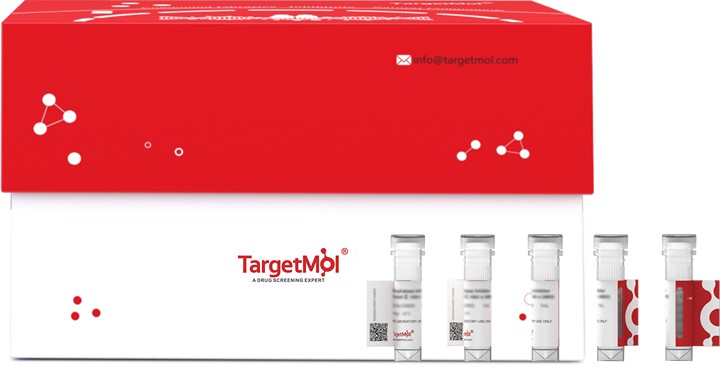
NKp80/KLRF1 Protein, Cynomolgus, Recombinant (hFc)
| 规格 | 价格 | 库存 | 数量 |
|---|---|---|---|
| 5 μg | ¥ 428 | 6-8日内发货 | |
| 10 μg | ¥ 683 | 6-8日内发货 | |
| 20 μg | ¥ 1,130 | 5日内发货 | |
| 50 μg | ¥ 2,270 | 5日内发货 | |
| 100 μg | ¥ 3,820 | 5日内发货 |
产品信息
| 生物活性 | Measured by the ability of the immobilized protein to support the adhesion of U937 human histiocytic lymphoma cells. When 5 x 10E4 cells/well are added to KLRF1-coated plates (5 μg/mL, 100 μL/well), > 40% cells will adhere after 1 hour at 37℃. |
| 产品描述 | NKp80, also known as KLRF1, is an activating homodimeric C-type lectin-like receptor that is expressed on nearly all-natural killer cells and stimulates their cytotoxicity and cytokine release. NKp80 stimulates cytotoxicity upon engagement of its genetically linked ligand: myeloid-specific CTLR activation-induced C-type lectin (AICL). NKp80, but not NKp80 mutated at tyrosine 7 (NKp80/Y7F), is tyrosine phosphorylated. Accordingly, NKp80/Y7F, but not NKp80/Y3F or NKp80/Y37F, failed to induce cytotoxicity. NKp80 phosphopeptides comprising the Hemi-ITAM-like sequence surrounding tyrosine 7 bound Lck- and Syk-family kinases; accordingly, cross-linking of NKp8, but not NKp80/Y7F, induced Syk phosphorylation. Moreover, inhibition of Syk kinase, but not ZAP-7 kinase, impaired cytotoxic responses through NKp80. Atypical residues in the Hemi-ITAM-like motif of NKp80 cause an altered stoichiometry of phosphorylation but did not substantially affect NK cytotoxicity. Altogether, these results show that NKp80 uses an atypical Hemi-ITAM and Syk kinase to trigger cellular cytotoxicity. |
| 种属 | Cynomolgus |
| 表达系统 | HEK293 Cells |
| 标签 | N-hFc |
| 蛋白编号 | Q8MI05 |
| 别名 | KLRF1,killer cell lectin like receptor F1 |
| 蛋白构建 | A DNA sequence encoding the cynomolgus KLRF1(Q8MI05) (Val66-Tyr231) was expressed with the Fc region of human IgG1 at the N-terminus. Predicted N terminal: Glu |
| 蛋白纯度 | > 90 % as determined by SDS-PAGE |
| 分子量 | 47.8 kDa (predicted); 59 kDa (reducing conditions) |
| 内毒素 | < 1.0 EU/μg of the protein as determined by the LAL method. |
| 缓冲液 | Lyophilized from a solution filtered through a 0.22 μm filter, containing PBS, PH 7.4. Typically, a mixture containing 5% to 8% trehalose, mannitol, and 0.01% Tween 80 is incorporated as a protective agent before lyophilization. |
| 复溶方法 | A Certificate of Analysis (CoA) containing reconstitution instructions is included with the products. Please refer to the CoA for detailed information. |
| 存储 | It is recommended to store recombinant proteins at -20°C to -80°C for future use. Lyophilized powders can be stably stored for over 12 months, while liquid products can be stored for 6-12 months at -80°C. For reconstituted protein solutions, the solution can be stored at -20°C to -80°C for at least 3 months. Please avoid multiple freeze-thaw cycles and store products in aliquots. |
| 运输方式 | In general, Lyophilized powders are shipping with blue ice. |
| 研究背景 | NKp80, also known as KLRF1, is an activating homodimeric C-type lectin-like receptor that is expressed on nearly all-natural killer cells and stimulates their cytotoxicity and cytokine release. NKp80 stimulates cytotoxicity upon engagement of its genetically linked ligand: myeloid-specific CTLR activation-induced C-type lectin (AICL). NKp80, but not NKp80 mutated at tyrosine 7 (NKp80/Y7F), is tyrosine phosphorylated. Accordingly, NKp80/Y7F, but not NKp80/Y3F or NKp80/Y37F, failed to induce cytotoxicity. NKp80 phosphopeptides comprising the Hemi-ITAM-like sequence surrounding tyrosine 7 bound Lck- and Syk-family kinases; accordingly, cross-linking of NKp8, but not NKp80/Y7F, induced Syk phosphorylation. Moreover, inhibition of Syk kinase, but not ZAP-7 kinase, impaired cytotoxic responses through NKp80. Atypical residues in the Hemi-ITAM-like motif of NKp80 cause an altered stoichiometry of phosphorylation but did not substantially affect NK cytotoxicity. Altogether, these results show that NKp80 uses an atypical Hemi-ITAM and Syk kinase to trigger cellular cytotoxicity. |











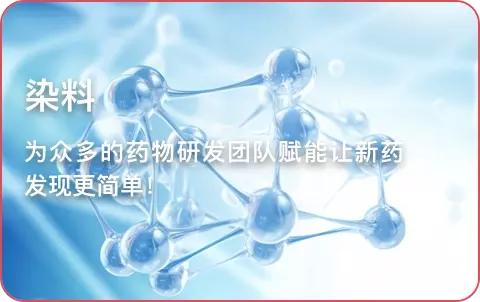




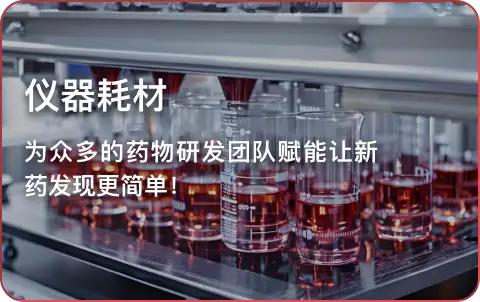
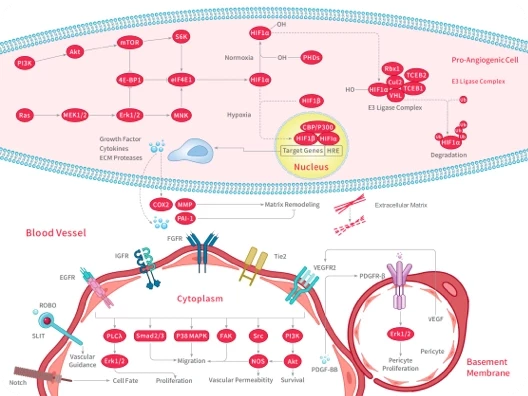

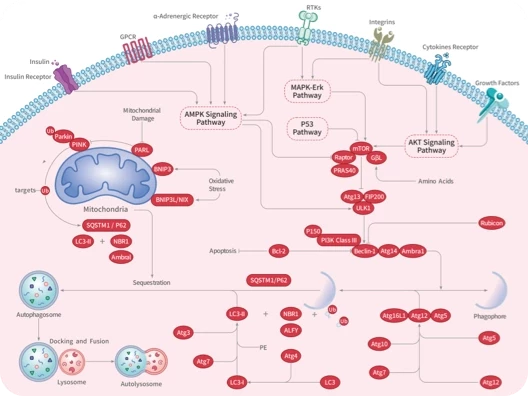

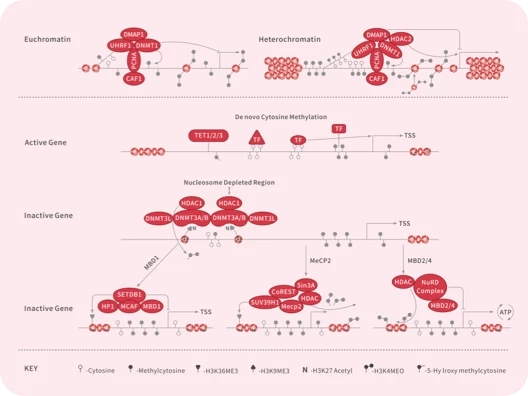
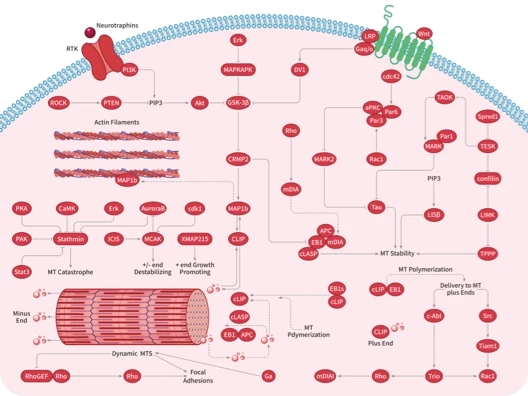
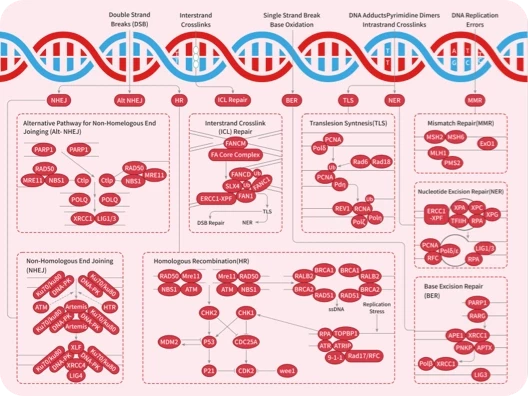
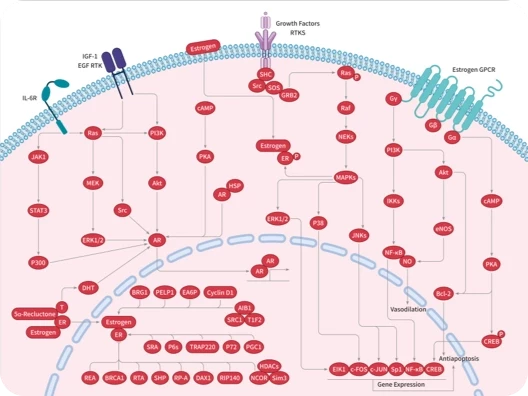
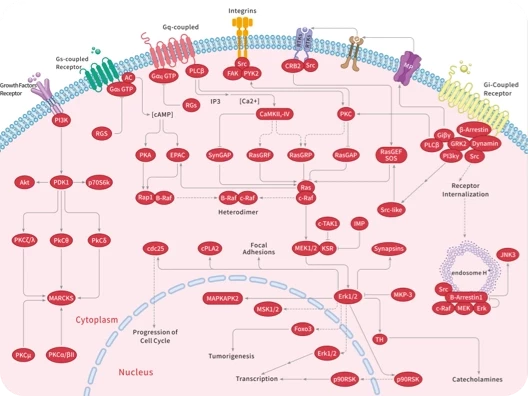
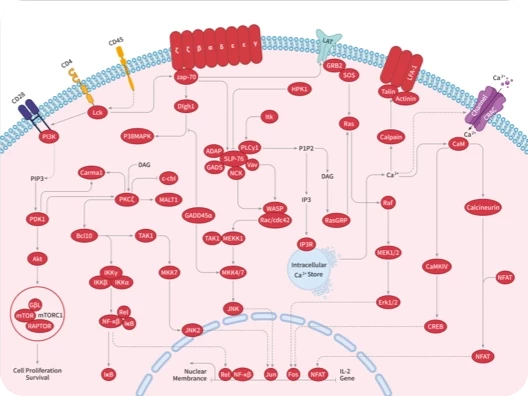
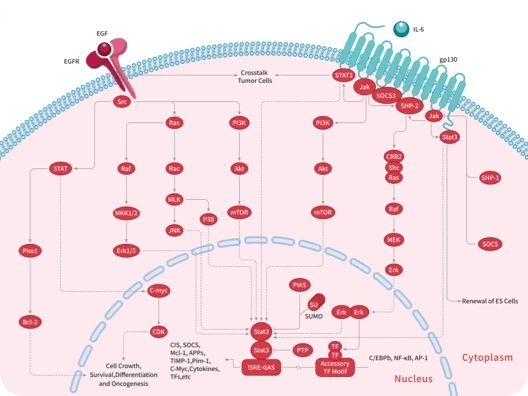
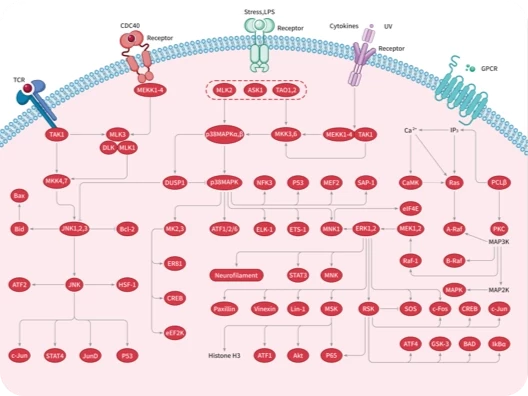
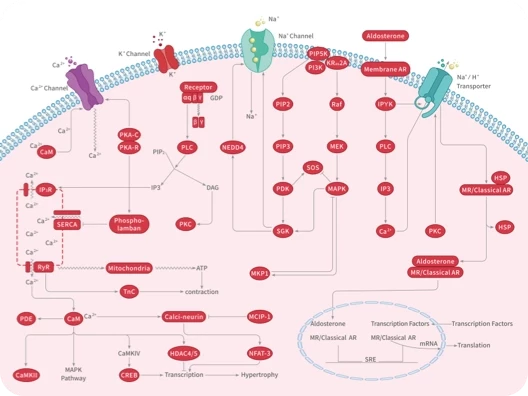
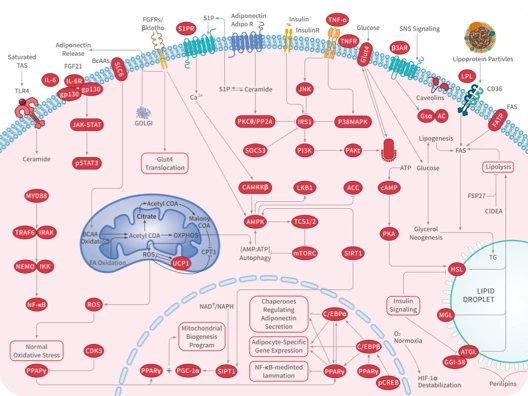
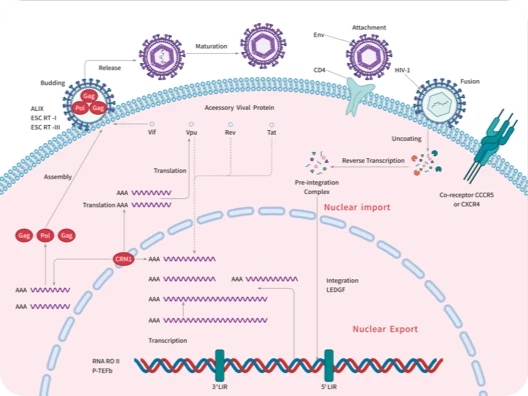

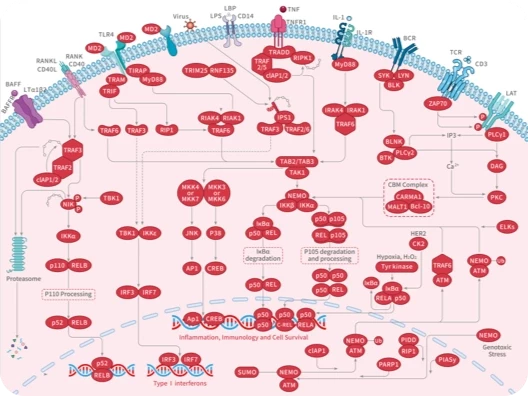
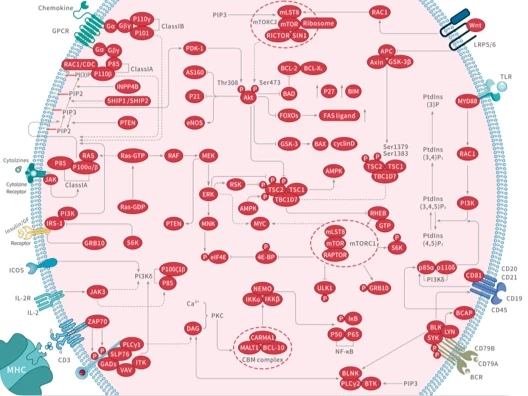
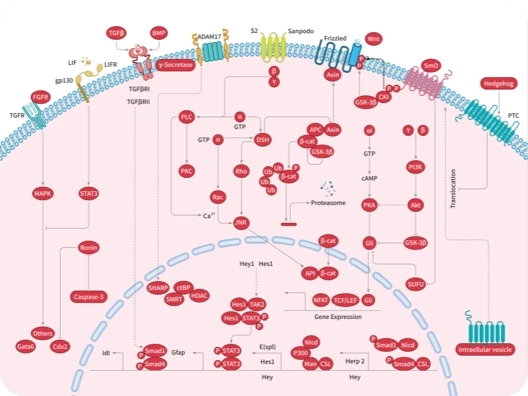
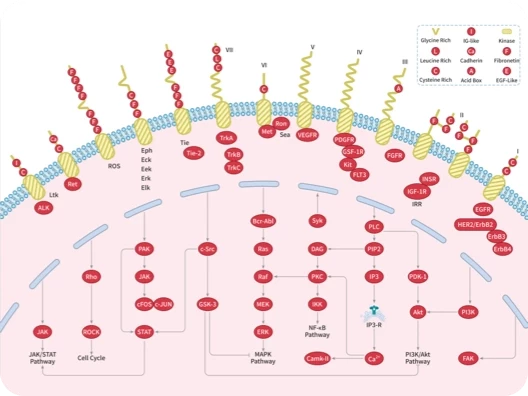
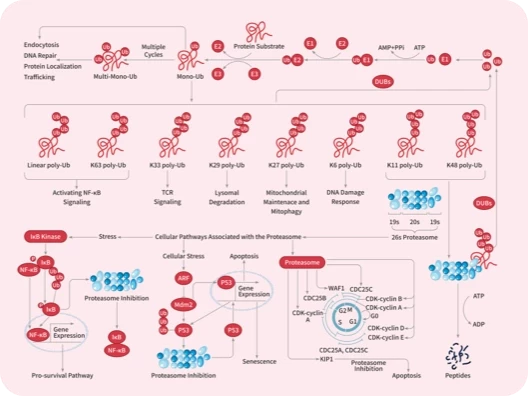


 |
|